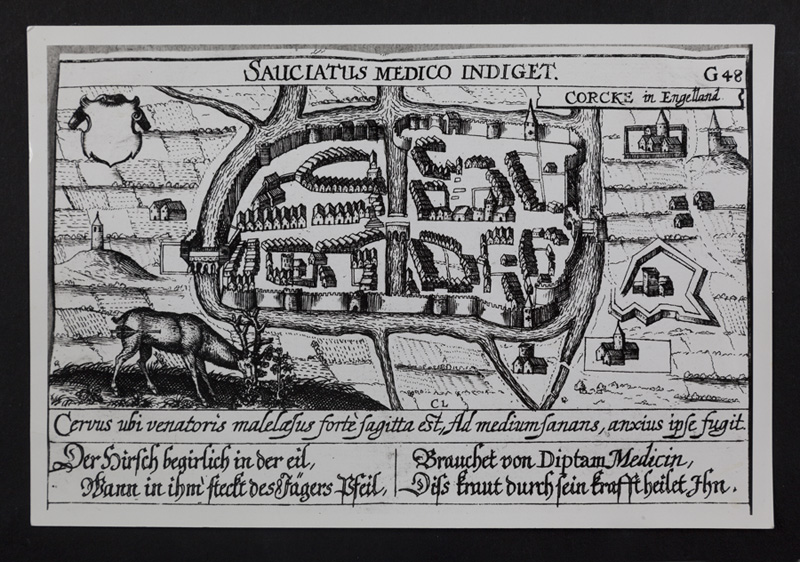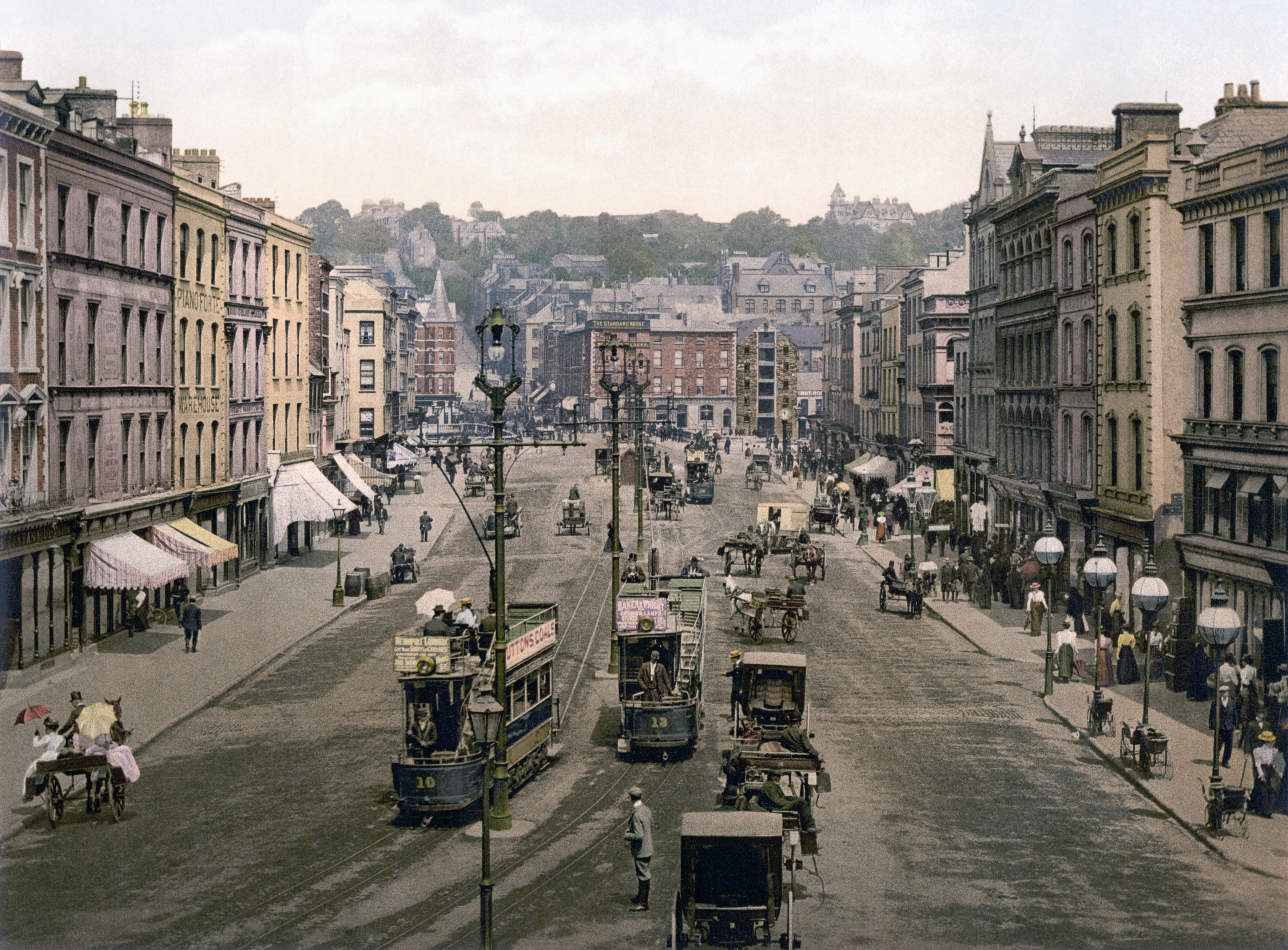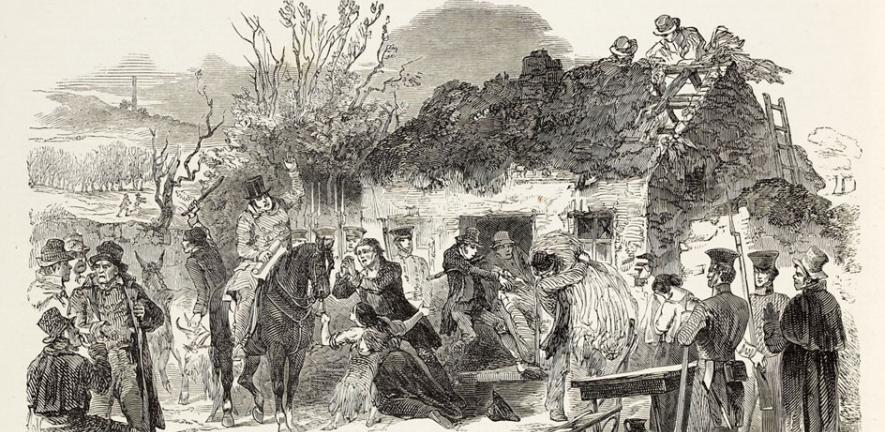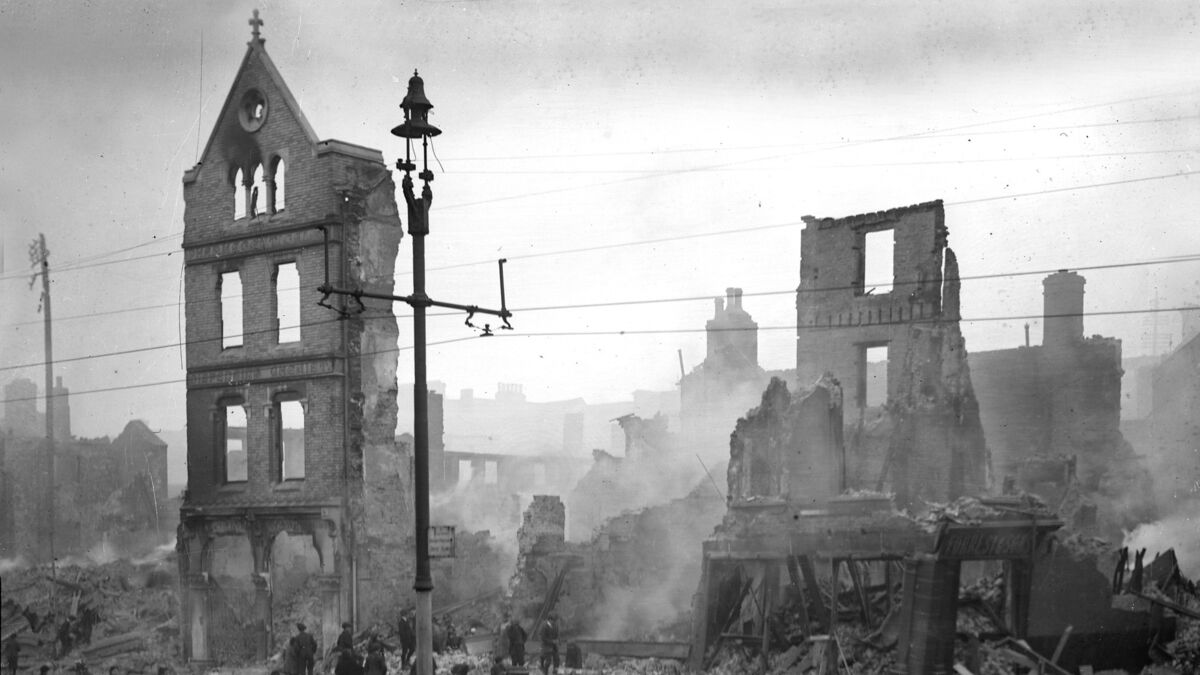About Cork
A Brief History of Cork City
Cork City, situated in the southern part of Ireland, boasts a rich and storied history dating back over a thousand years. It began as a monastic settlement founded by St. Finbarr in the 7th century, evolving into a bustling trading hub by the medieval period. Its strategic location on the River Lee made it a prominent maritime center, and it gained city status in 1185. Throughout the centuries, Cork City played a pivotal role in Irish history, enduring Viking invasions, Norman rule, and the turbulence of the English Civil War.
Early Foundations
Cork's origins can be traced back to the 7th century when it was founded as a monastic settlement by St. Finbarr. The name "Cork" is derived from the Irish word "corcach," meaning a marsh, reflecting the city's location at the confluence of the River Lee and the tidal estuary. Over time, this strategic location facilitated trade and commerce, leading to the city's rise as a significant trading hub.

St. Finbarr's abbey was famous for learning, and flourished for centuries, a fact still remembered in the motto of University College Cork - “Where Finbarr taught let Munster learn.” In 820 the Vikings raided the abbey and the settlement nearby, and then created their own town on an island in the River Lee.

Medieval Cork
Cork City gained city status in 1185, and the medieval period saw it flourish as a maritime center. Its protected harbor and proximity to the Atlantic Ocean made it a crucial port for trading goods such as wine, fish, wool, and butter. The city's prosperity is evident in its architectural heritage, including St. Fin Barre's Cathedral and Red Abbey Tower. Throughout this period, Cork also endured Viking invasions, Norman rule, and the tumultuous years of the English Civil War.
In 1172, after the Norman invasion of Ireland, sanctioned by Pope Adrian IV, the only English man ever to hold the post, Cork was surrendered to the English king. Following the English conquest, stone walls were built around Cork, and in 1185 Cork was given its first charter, granting the townspeople certain rights.
Modernisation and Industry
By the 17th century, Cork City was firmly established as a flourishing port city. During the 18th century, it underwent urban renewal projects, and its economic base expanded, embracing industries like brewing, distilling, and textiles. The Cork Butter Exchange became a vital institution, handling large quantities of butter exports, earning Cork the nickname "The Butter Exchange."

The 18th century saw the development of several new and impressive churches. Christ Church was built in 1720-26, and St. Anne's Shandon was built in 1722-26, with the famous shandon bells installed 25 years later. South Chapel was built in 1766, South Presentation Convent was founded in 1776 by Nano Nangle. To facilitate the expansion of maritime trade from the port, a custom house was built in 1724. Cork exported large amounts of butter to Britain, the rest of Europe, and North America at this time. Large quantities of beef were also exported. A Corn Market was built in 1740. The Butter Market was built in 1750.
Challenges and Changes
The 19th century brought both challenges and changes to Cork City. The Great Famine of the 1840s resulted in immense suffering and population decline. Nevertheless, the city continued to evolve, seeing the construction of landmarks such as the Cork City Gaol, which now serves as a museum, offering a glimpse into Ireland's troubled past."

From the time of the potato famine (1845-1849), onward Cork was the main port for emigrants from Ireland to the USA and other countries. It remained the main port for emigrants well into the 20th century as vast numbers of people fled extreme poverty. During the 19th century, important industries in Cork included brewing, distilling, wool, and shipbuilding. Cork was also, of course, an important port. During the 19th century, large numbers of Irish people emigrated from Cork. In 1852 an Irish Industrial Exhibition was held in Cork.
Independence and Rebellion
Cork City played a central role in Ireland's quest for independence during the 20th century. It was a hotbed of revolutionary activity, with prominent figures like Michael Collins emerging as leaders. The city was heavily involved in the Irish War of Independence, and in December 1920, it was subjected to the Burning of Cork, a brutal reprisal by British forces against IRA activities.

The Irish War of Independence (1919–21), was a conflict that pitted Irish nationalists (republicans), who were pursuing independence from the United Kingdom for Ireland, against British security forces and Irish loyalists (unionists), who sought to preserve Ireland’s union with Great Britain. The war concluded with the Anglo-Irish Treaty of December 6, 1921, which established 26 counties in the south of Ireland as the Irish Free State.
A Modern Metropolis
In the years following Ireland's independence, Cork City continued to develop and prosper. It expanded its educational institutions, becoming a hub for learning and culture. The maritime tradition was preserved, and the city's port remained an essential economic asset.

Today, Cork City stands as a vibrant urban center, celebrated for its cultural richness, educational institutions, and a strong maritime tradition. Its history, characterized by resilience, change, and rebellion, has shaped it into a modern, diverse city that continues to honor its past while embracing the future. Cork City's rich tapestry of history is a testament to the enduring spirit of Ireland and the resilience of its people.